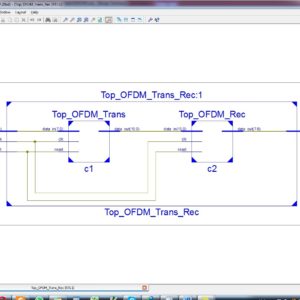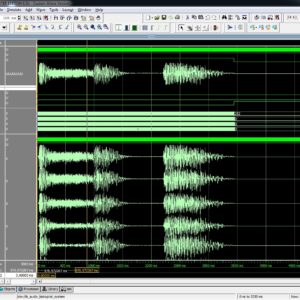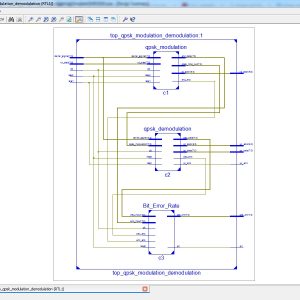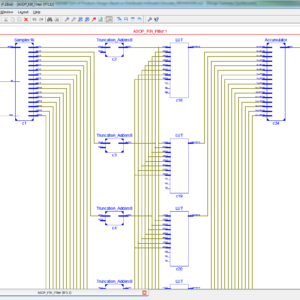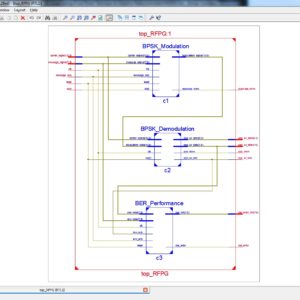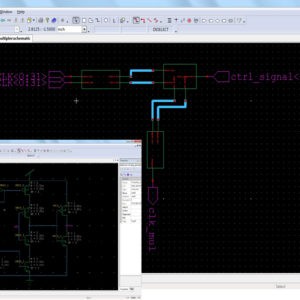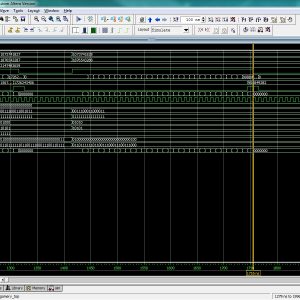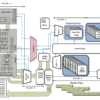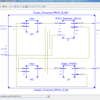Proposed Title :
FPGA Implementation of High Speed and Highly Reliable World Fastest FFT Architecture
Improvement of this Project:
To design a 16-point radix-22 fully parallel FFT as per base paper architecture and 2048-point Split Radix FFT for proposed development and finally compared all the terms of area, delay and power.
Software implementation:
- XILINX & MODELSIM
Proposed System:
This paper present a Reliable High seed communication of Fast Fourier Transformer (FFT) hardware architecture, which present break the barrier of 100 GS/s on FFT calculation. This FFT algorithm will have a highest throughput in current signal processing applications but it have barrier and pipelined complexity so it will increases multi-path delay commutate and multi path delay feedback in signal transmission and reception part. In this work will achieve the highest throughput in FFT algorithm with using Cooley Tukey approach of radix 22 16-point parallel FFT and IFFT method, here the proposed architecture will increases pipelined in parallel 16-point FFT architecture and reduced the barrier in high speed FFT and IFFT Communications. Finally this work will implemented in VHDL and simulated in Modelsim with Synthesize in Xilinx 14.2 and compared all the parameters in terms of area, delay and power.
” Thanks for Visit this project Pages – Buy It Soon “
World’s Fastest FFT Architectures: Breaking the Barrier of 100 GS/s
“Buy VLSI Projects On On-Line”
Terms & Conditions:
- Customer are advice to watch the project video file output, before the payment to test the requirement, correction will be applicable.
- After payment, if any correction in the Project is accepted, but requirement changes is applicable with updated charges based upon the requirement.
- After payment the student having doubts, correction, software error, hardware errors, coding doubts are accepted.
- Online support will not be given more than 3 times.
- On first time explanations we can provide completely with video file support, other 2 we can provide doubt clarifications only.
- If any Issue on Software license / System Error we can support and rectify that within end of the day.
- Extra Charges For duplicate bill copy. Bill must be paid in full, No part payment will be accepted.
- After payment, to must send the payment receipt to our email id.
- Powered by NXFEE INNOVATION, Pondicherry.
Payment Method :
- Pay Add to Cart Method on this Page
- Deposit Cash/Cheque on our a/c.
- Pay Google Pay/Phone Pay : +91 9789443203
- Send Cheque through courier
- Visit our office directly
- Pay using Paypal : Click here to get NXFEE-PayPal link
Bank Accounts
HDFC BANK ACCOUNT:
- NXFEE INNOVATION,
HDFC BANK, MAIN BRANCH, PONDICHERRY-605004.
INDIA,
ACC NO. 50200013195971,
IFSC CODE: HDFC0000407.


